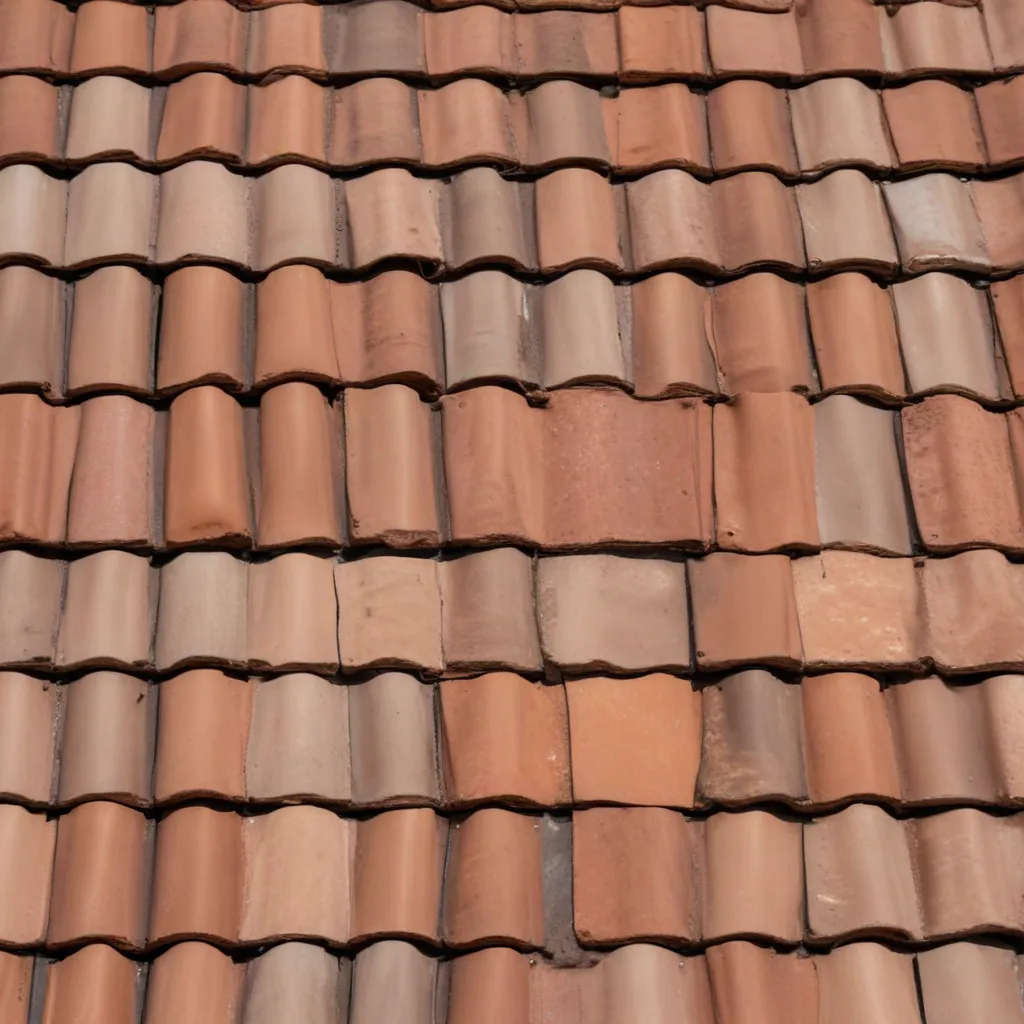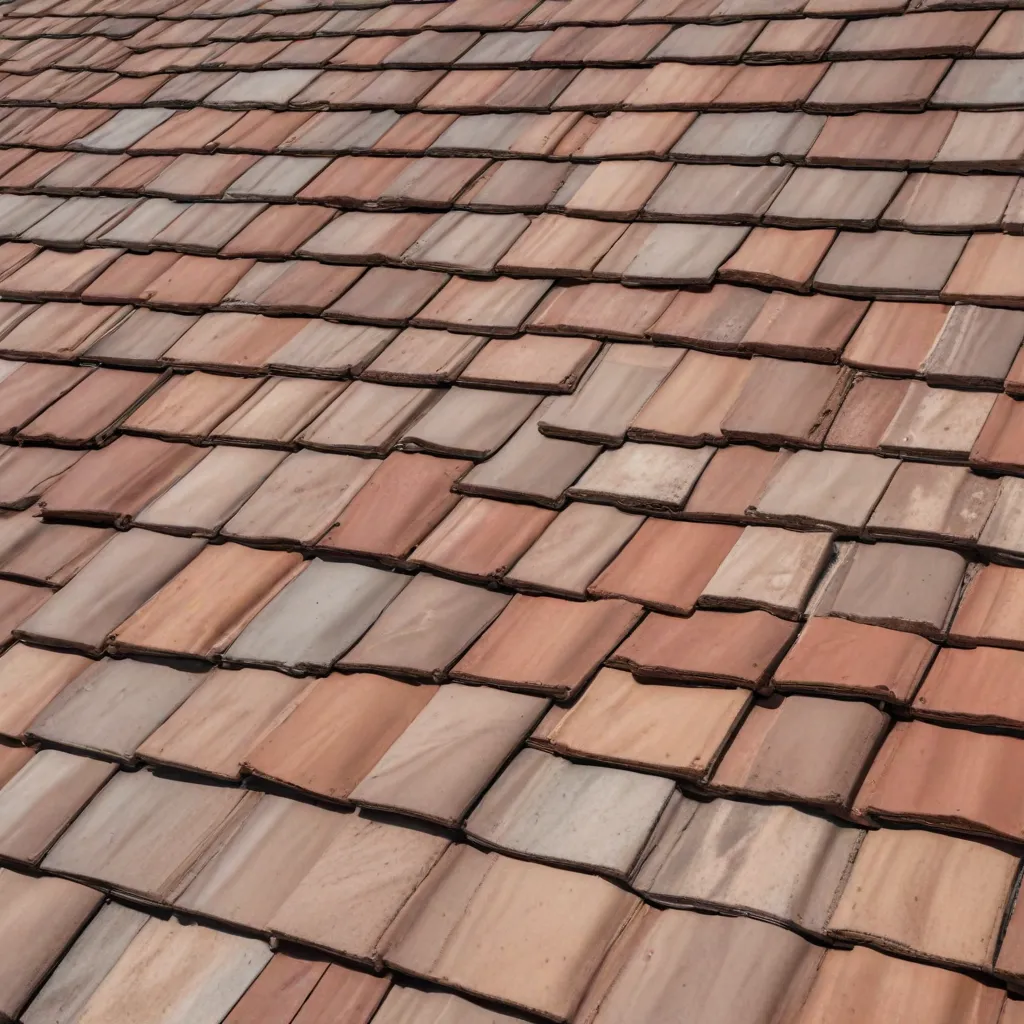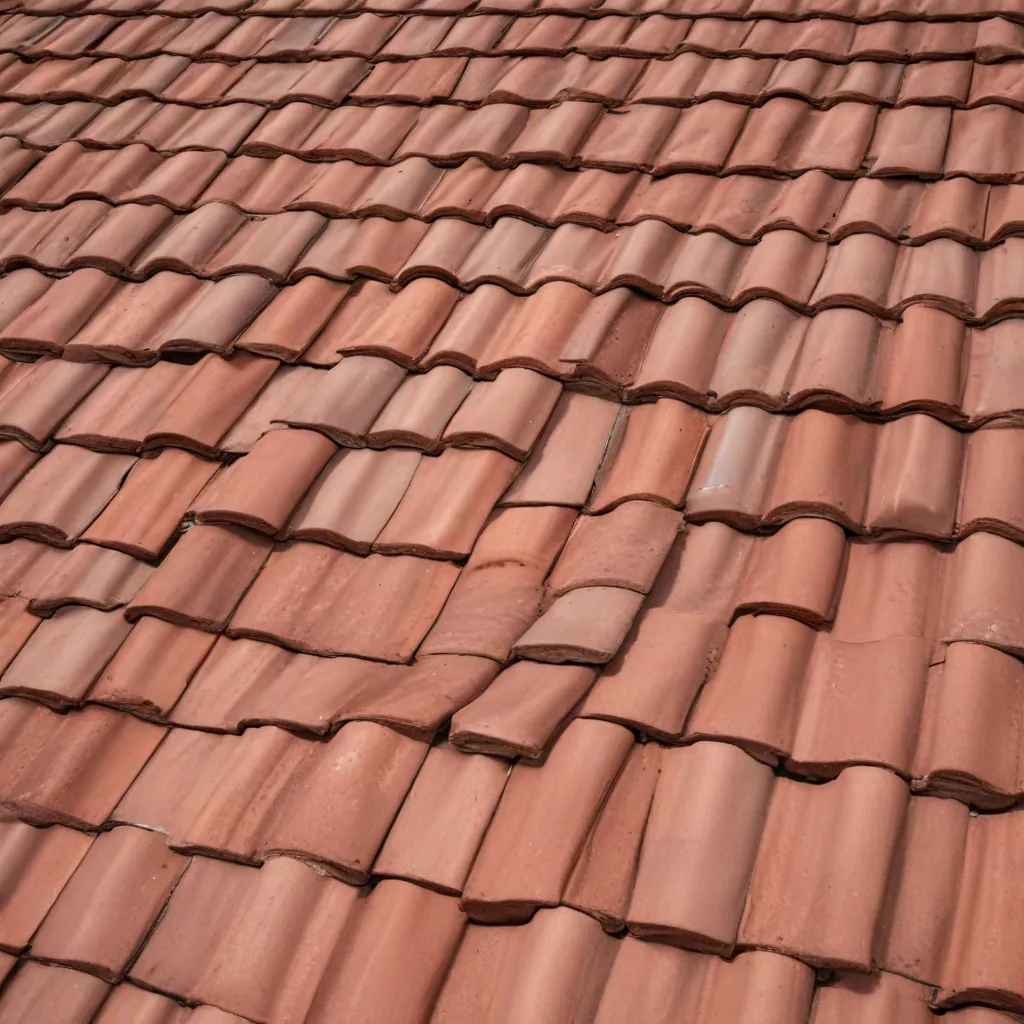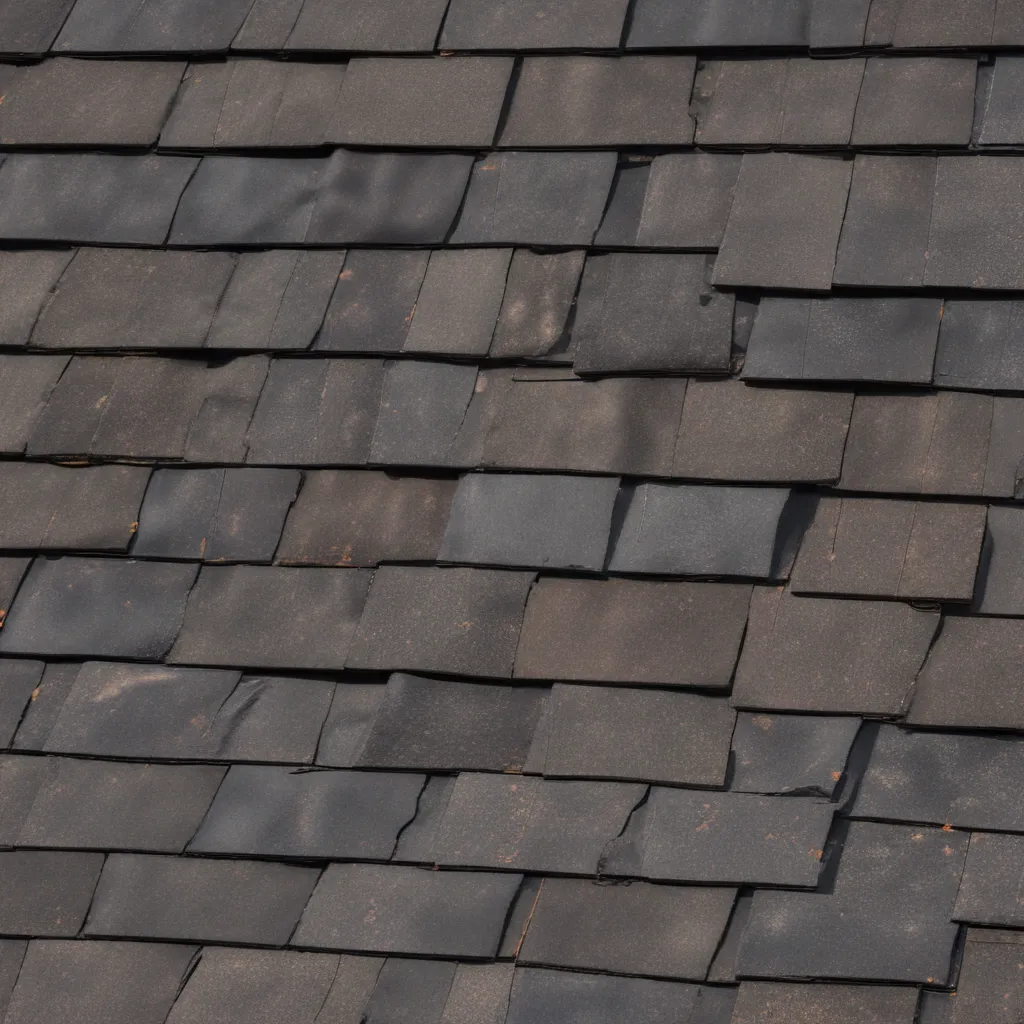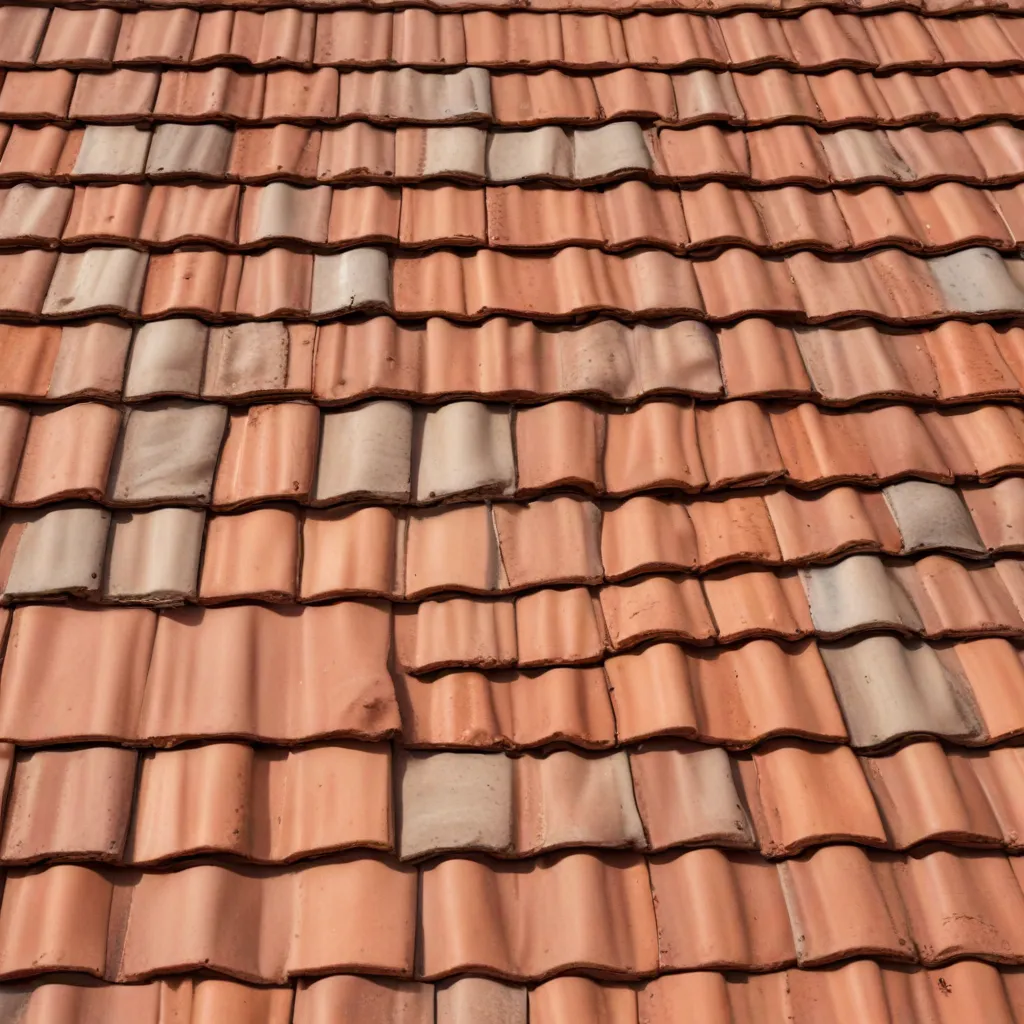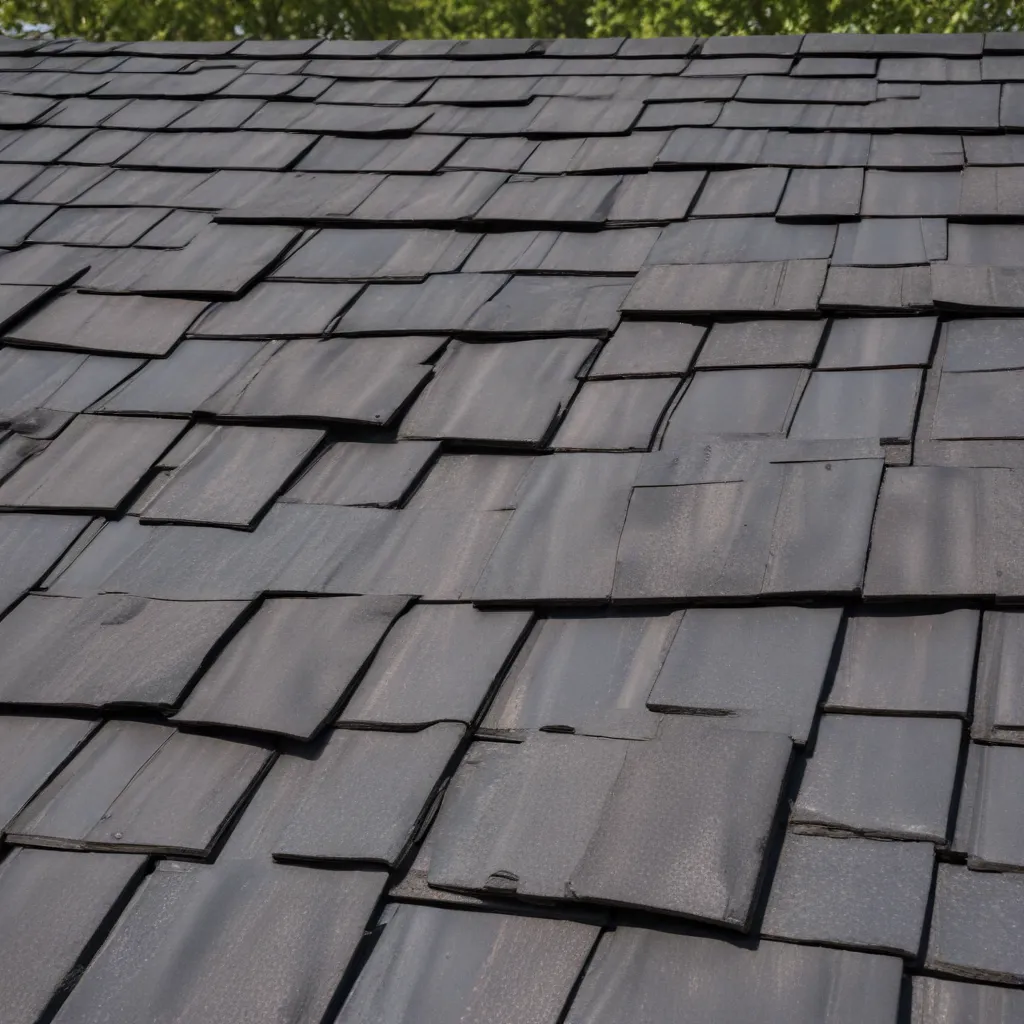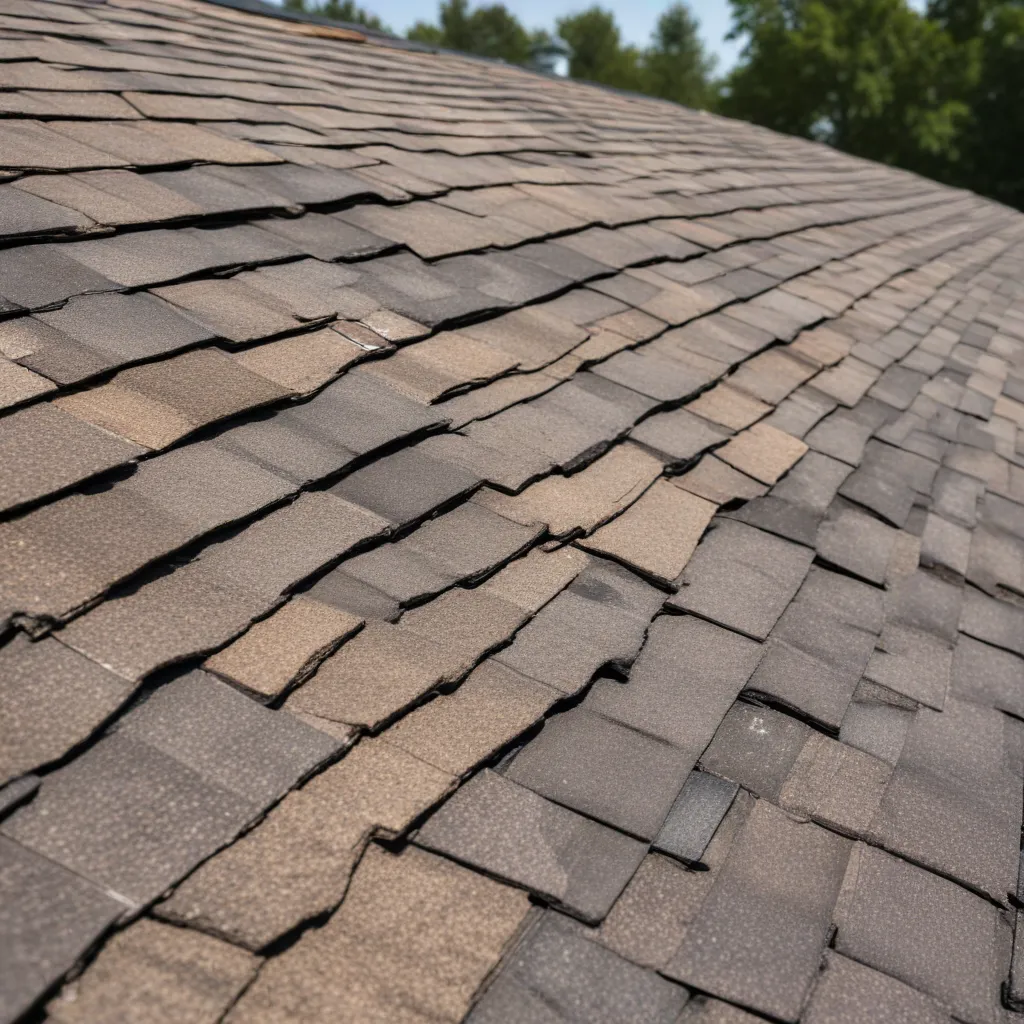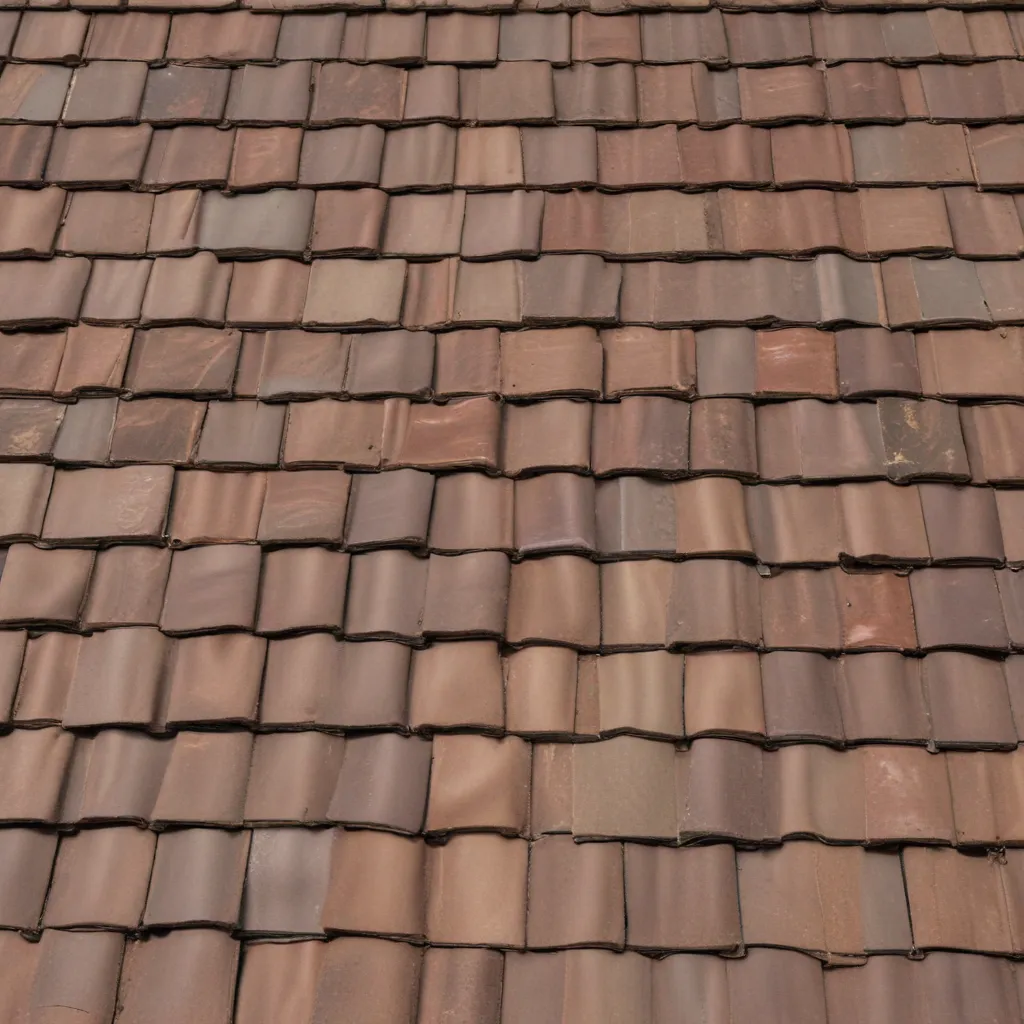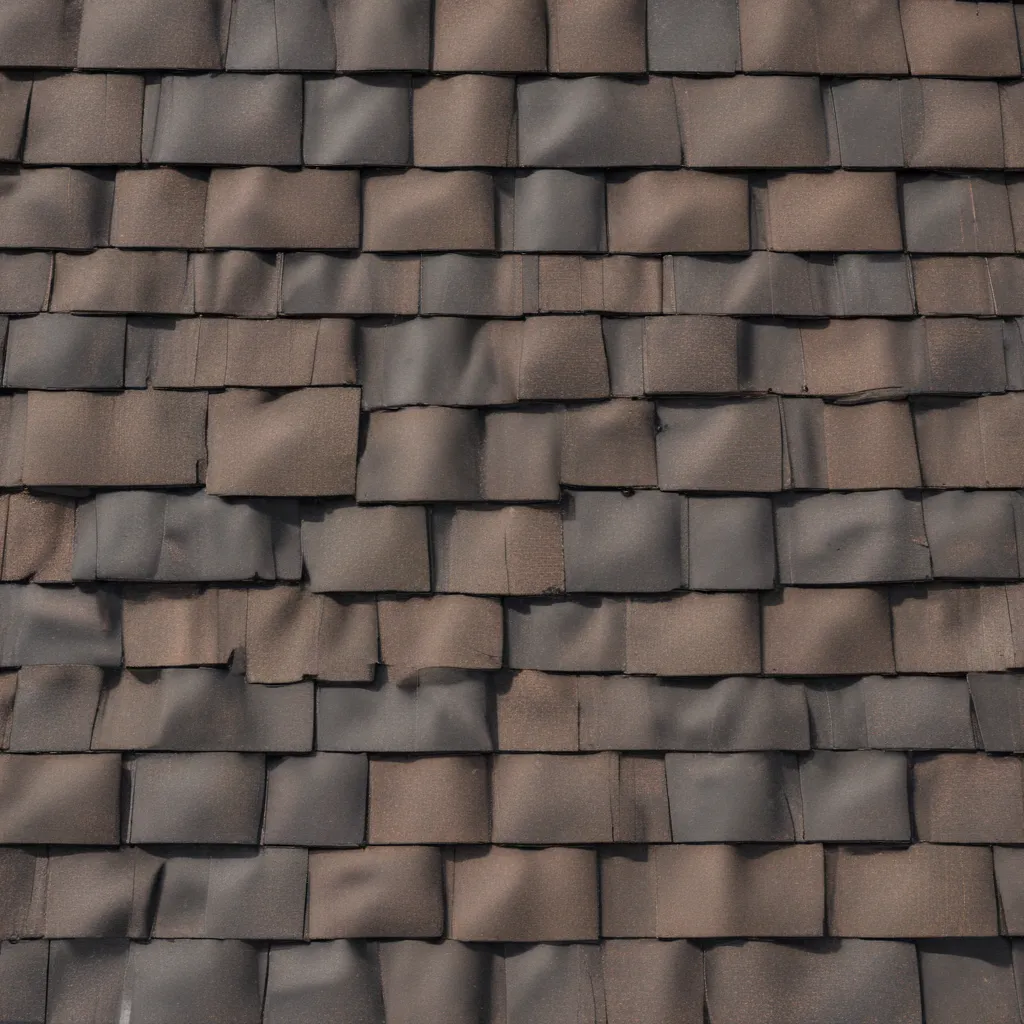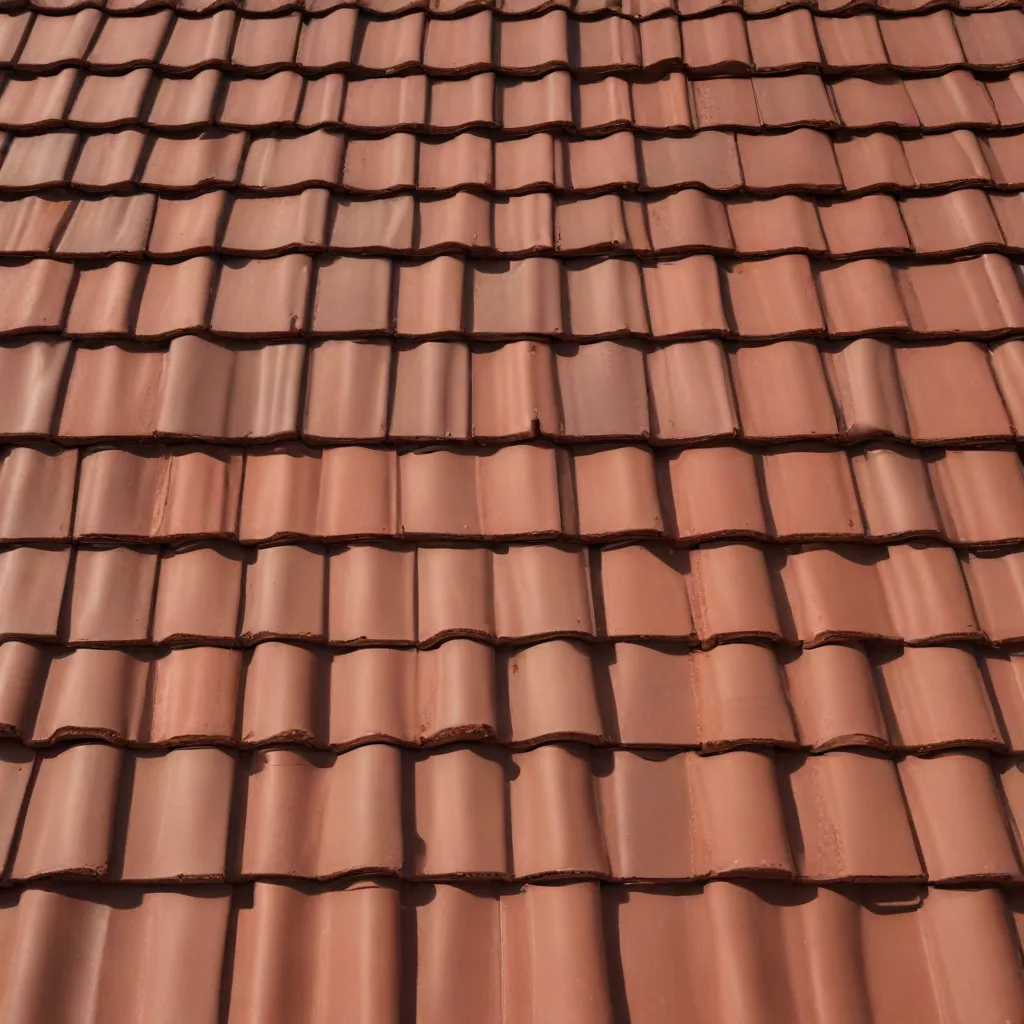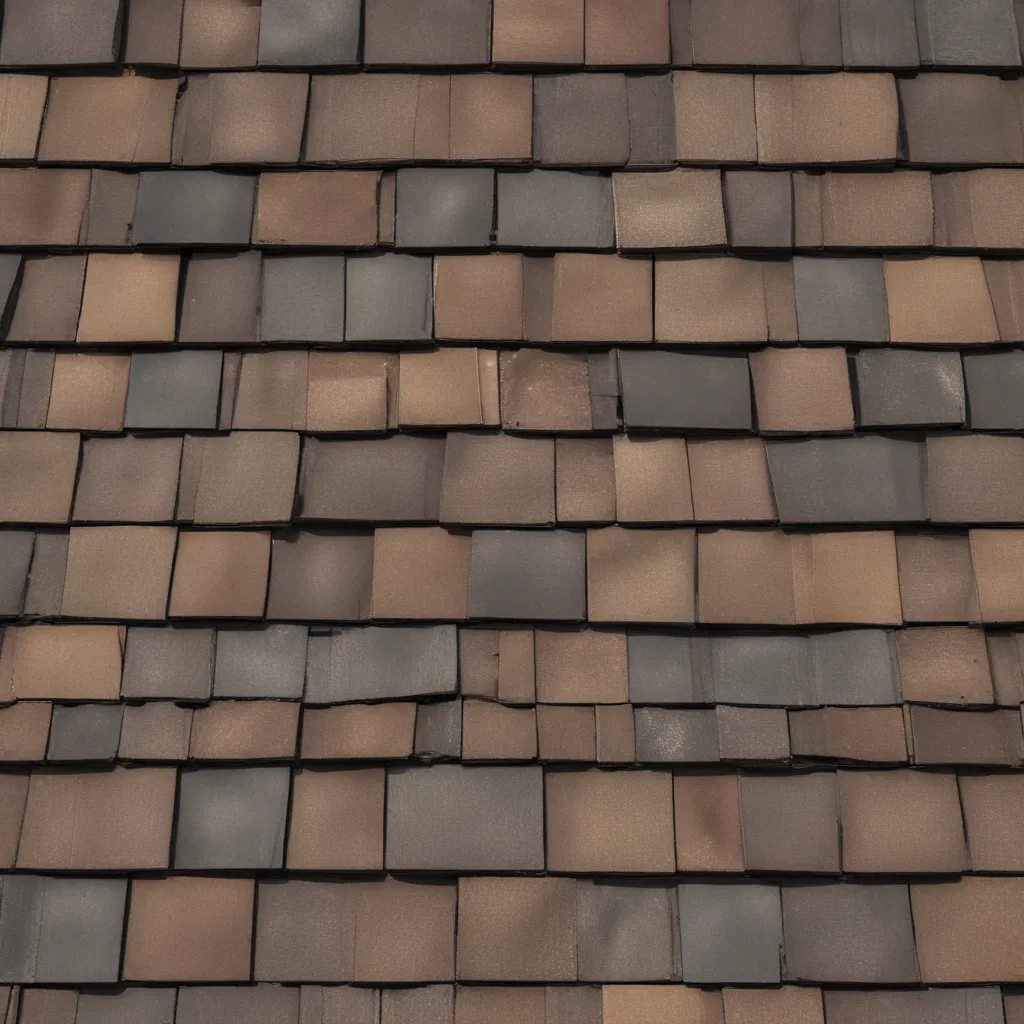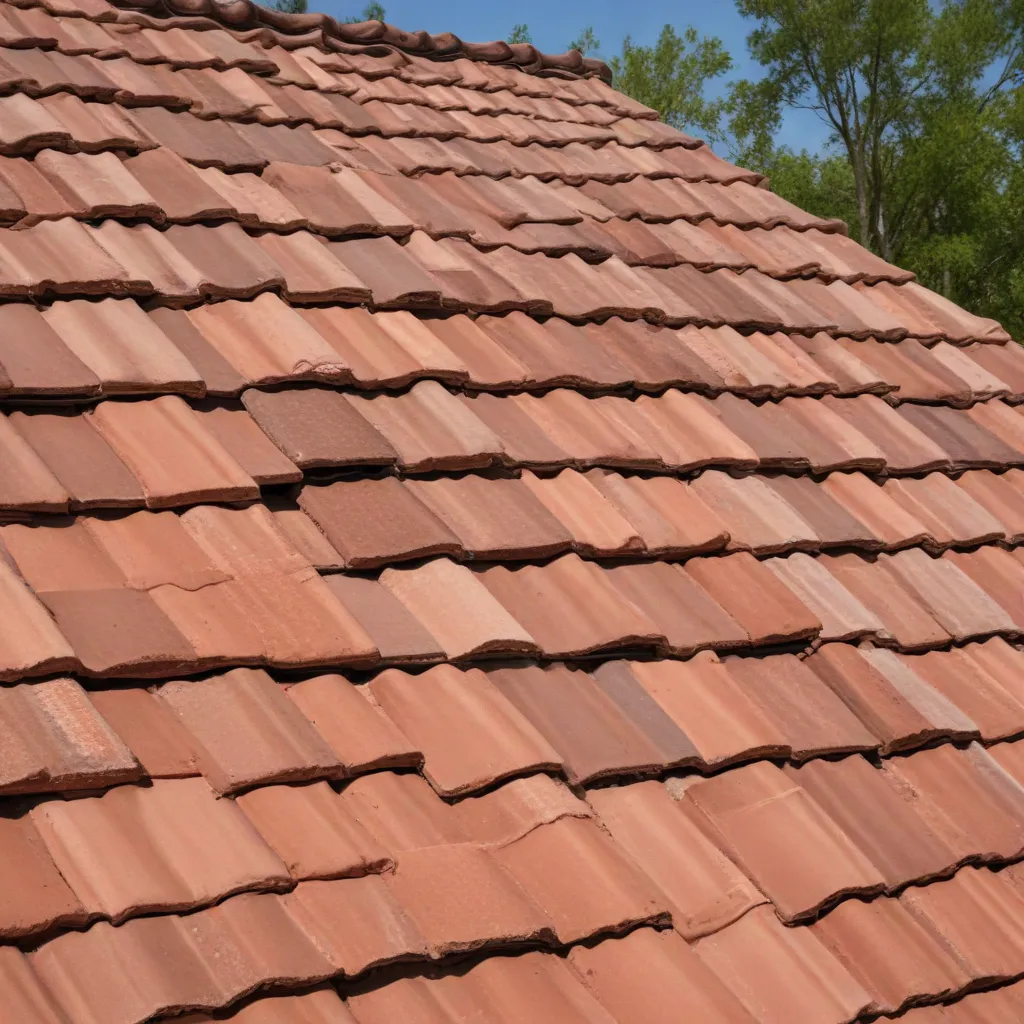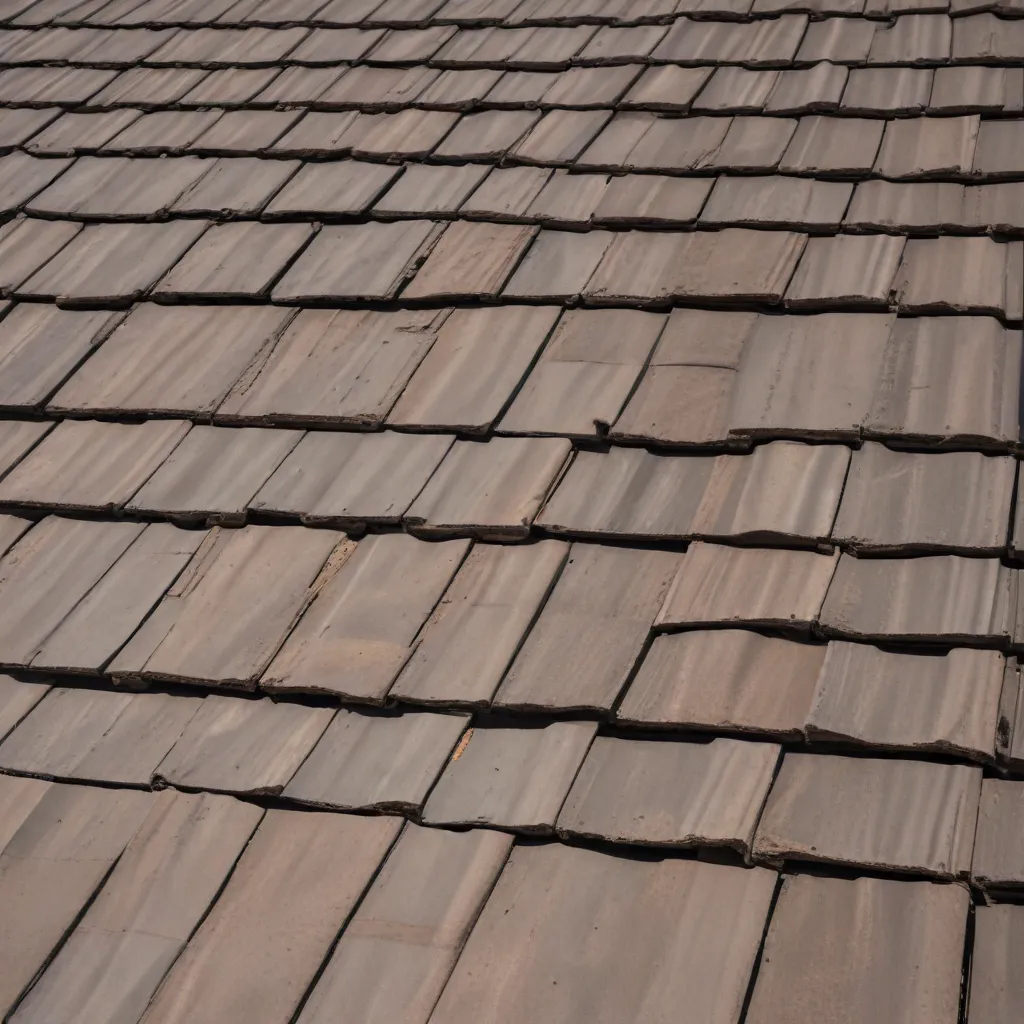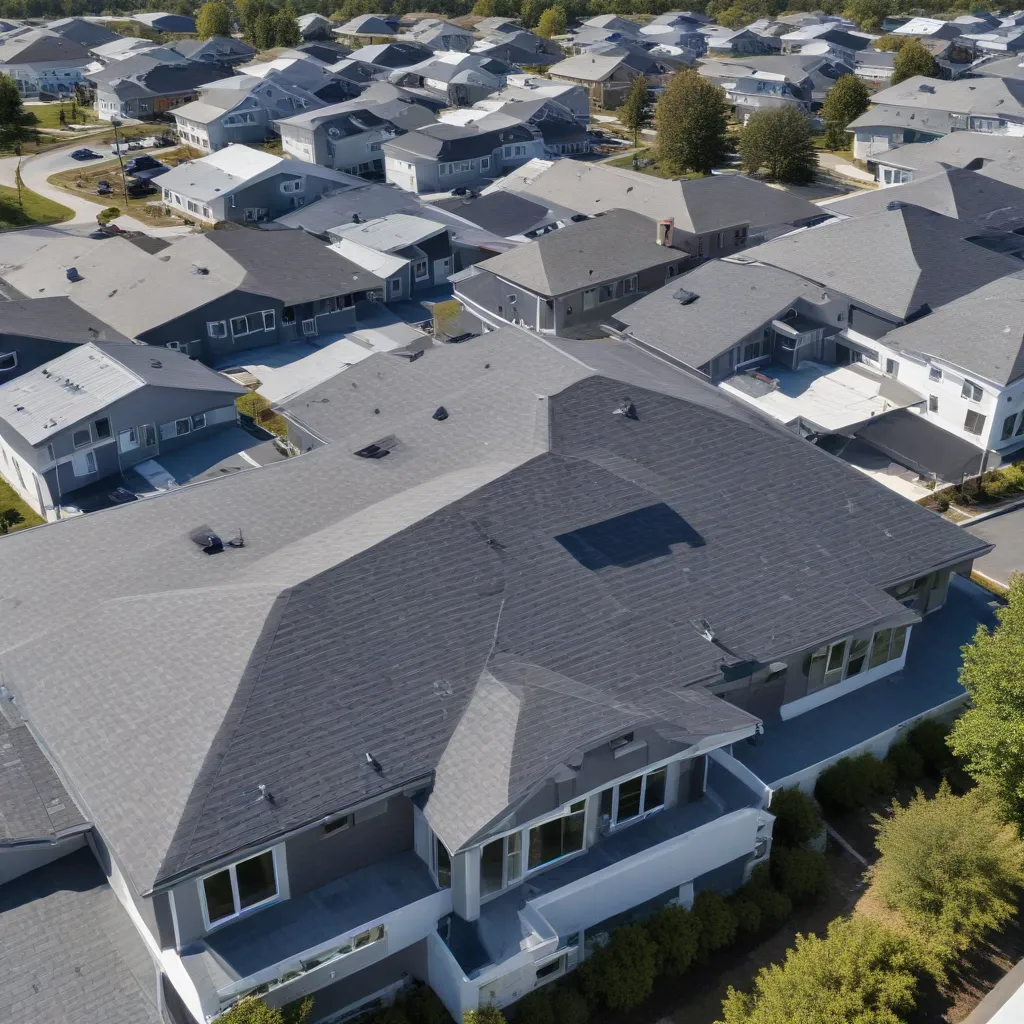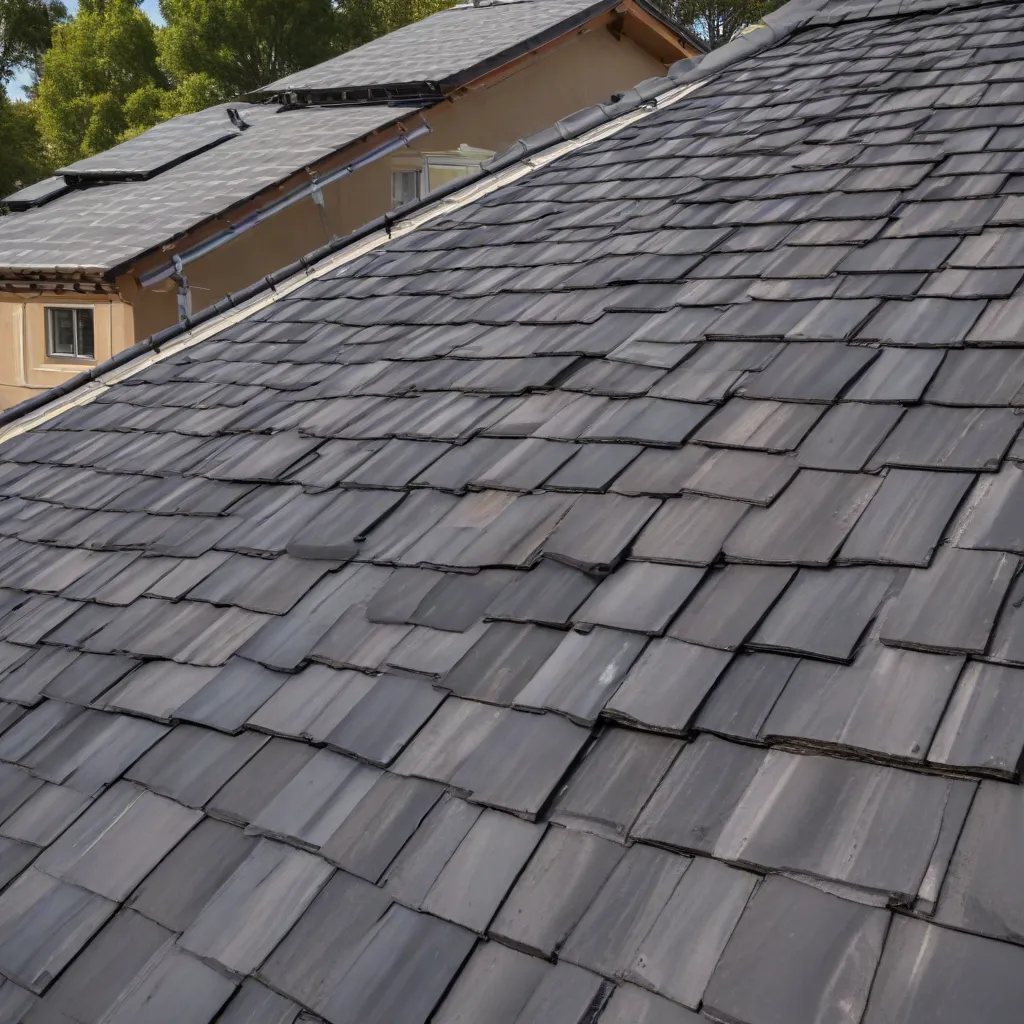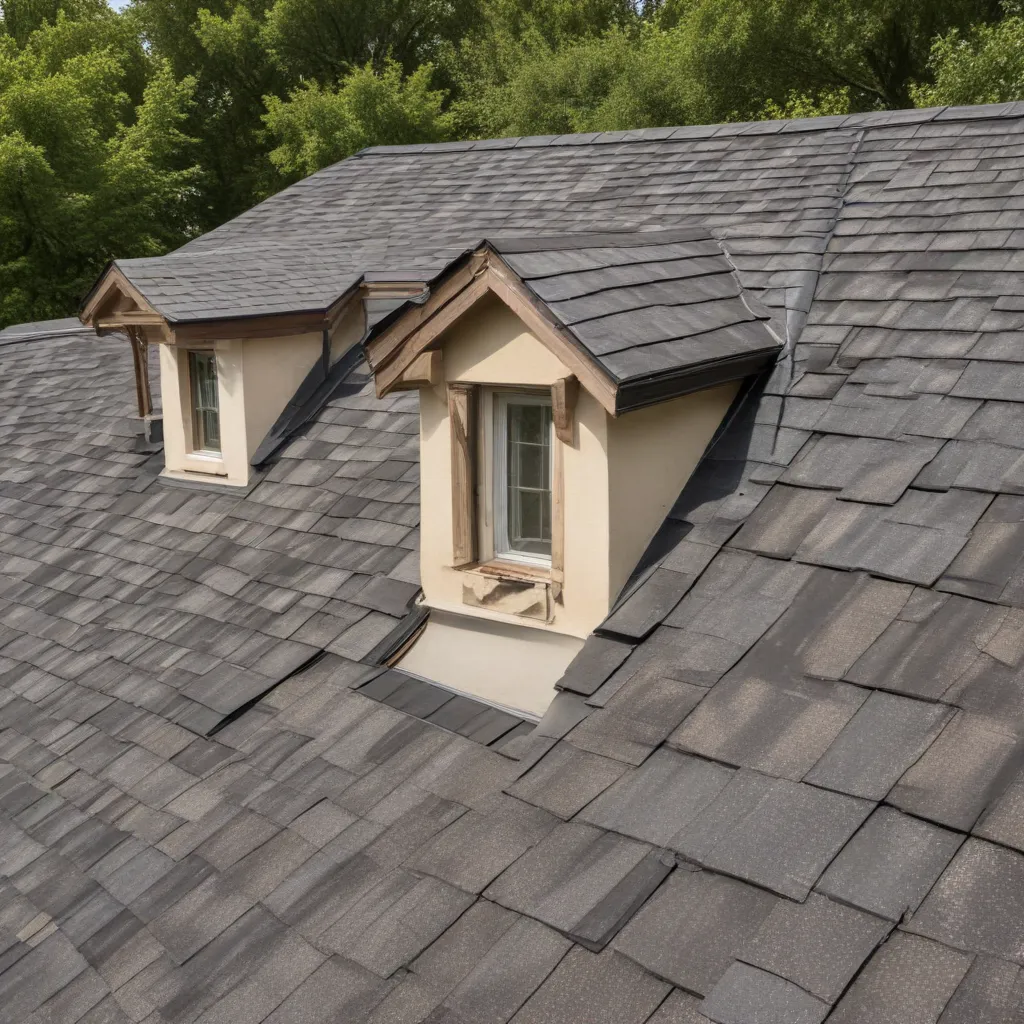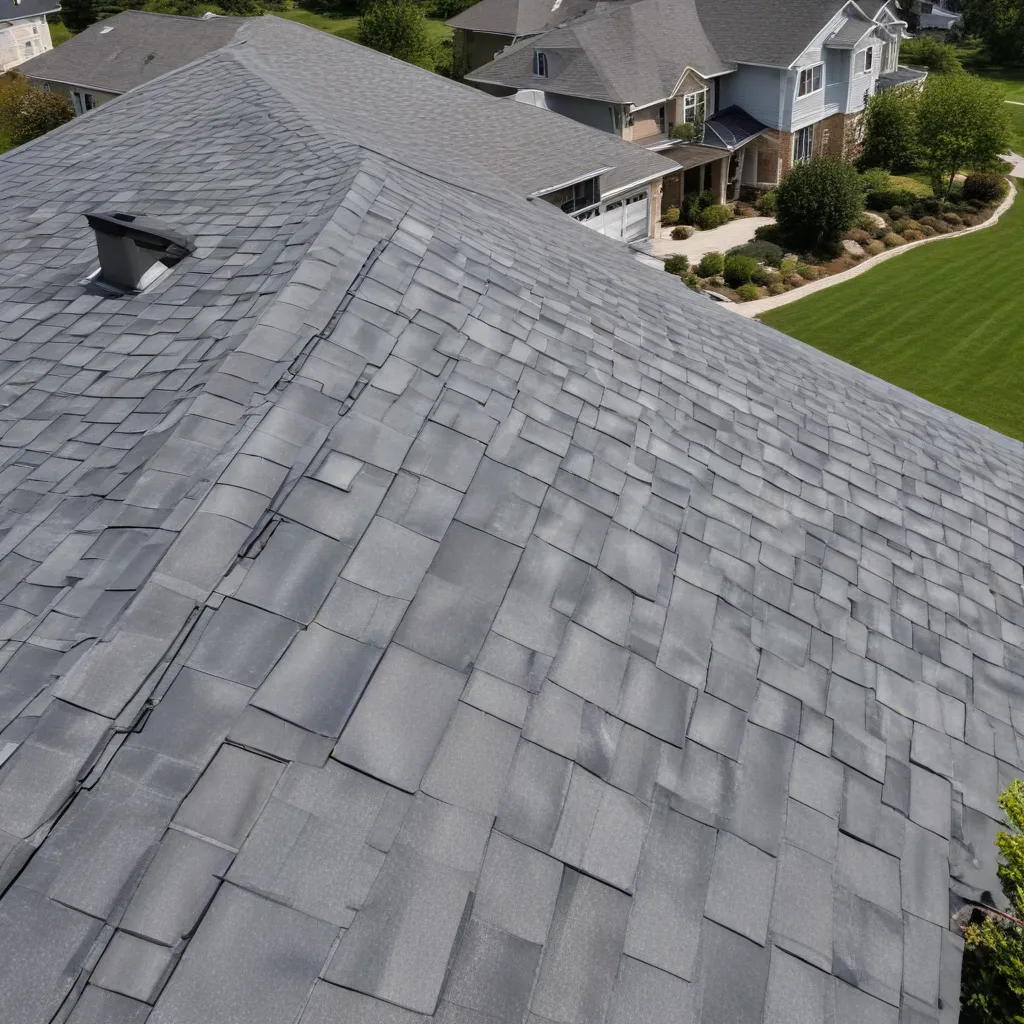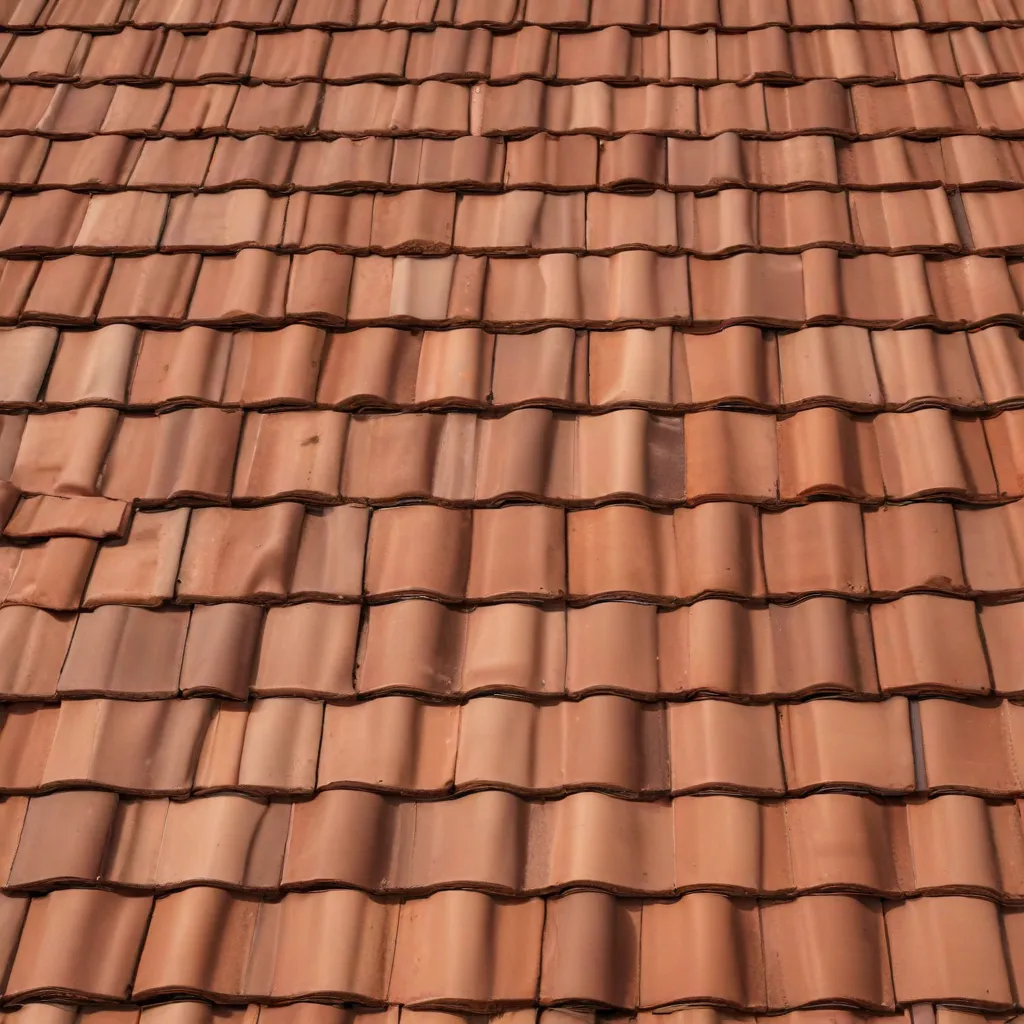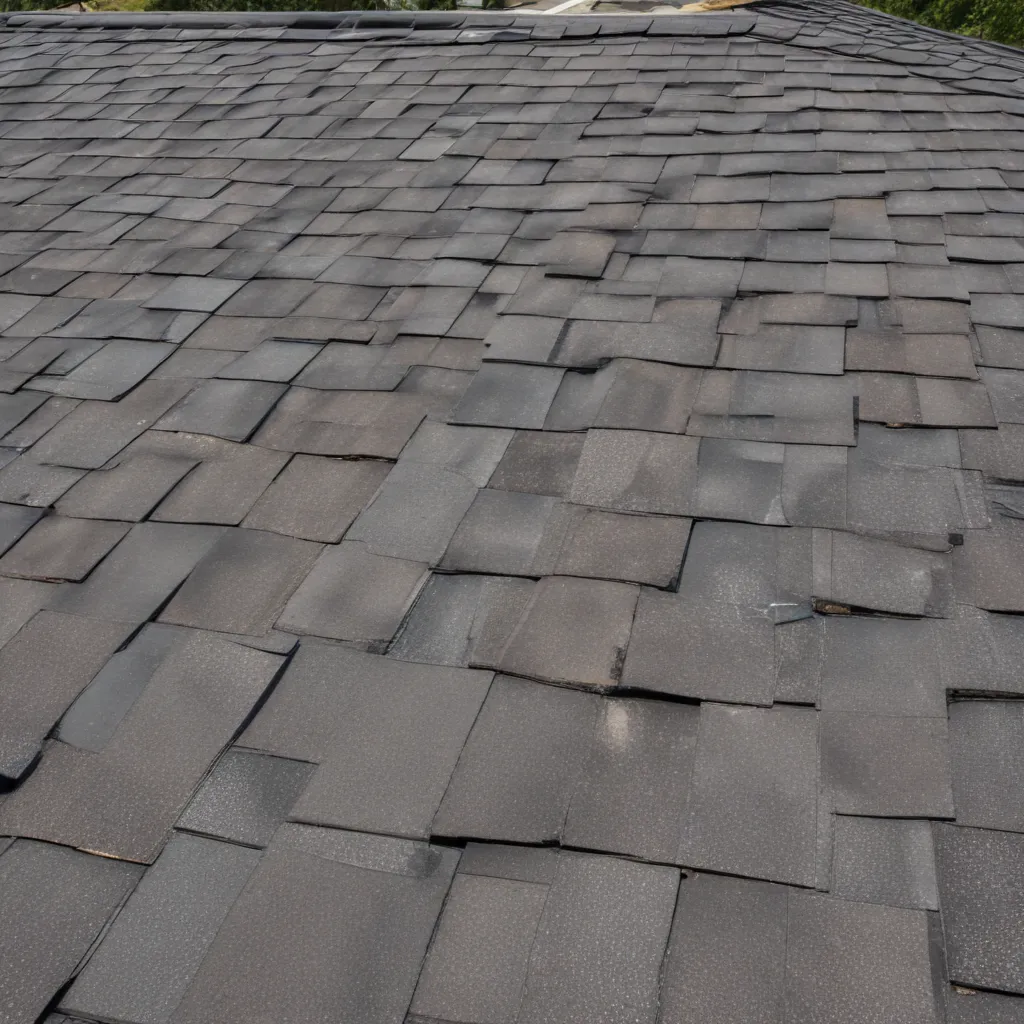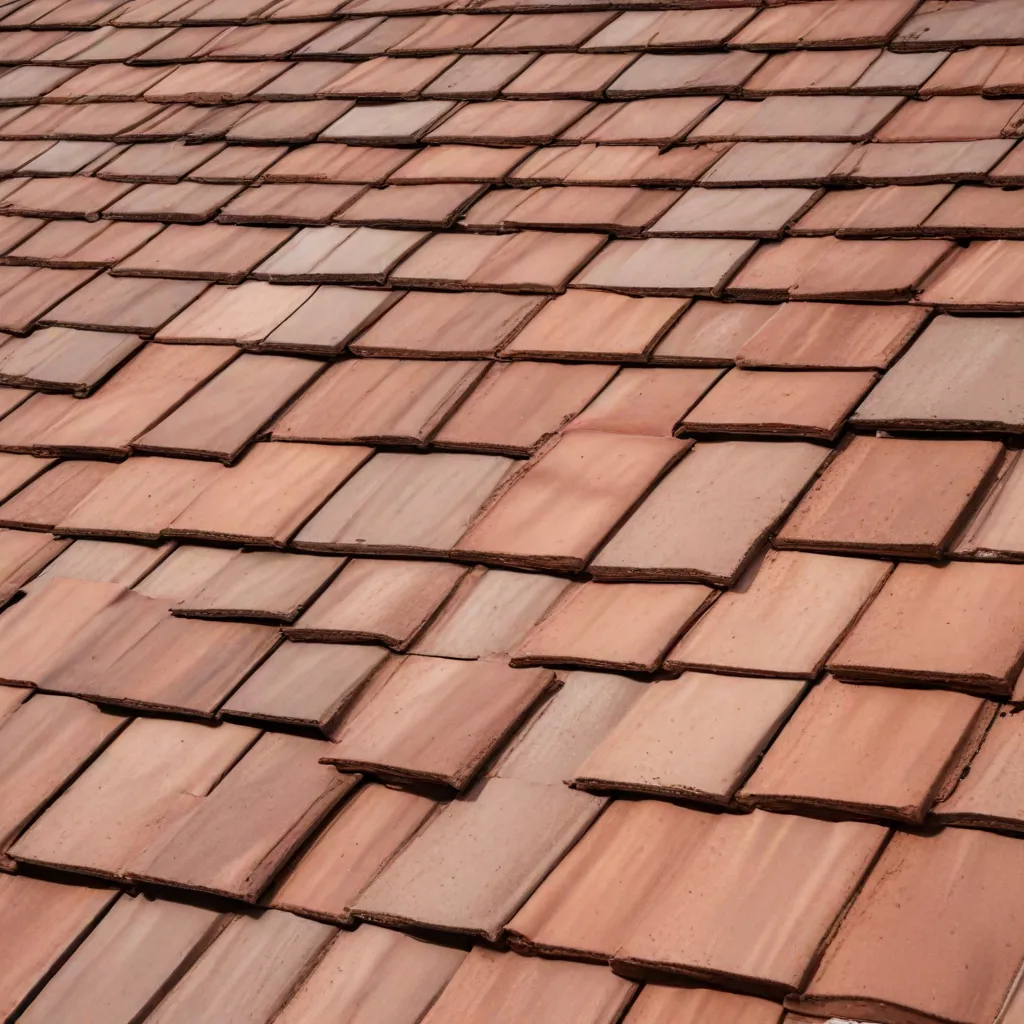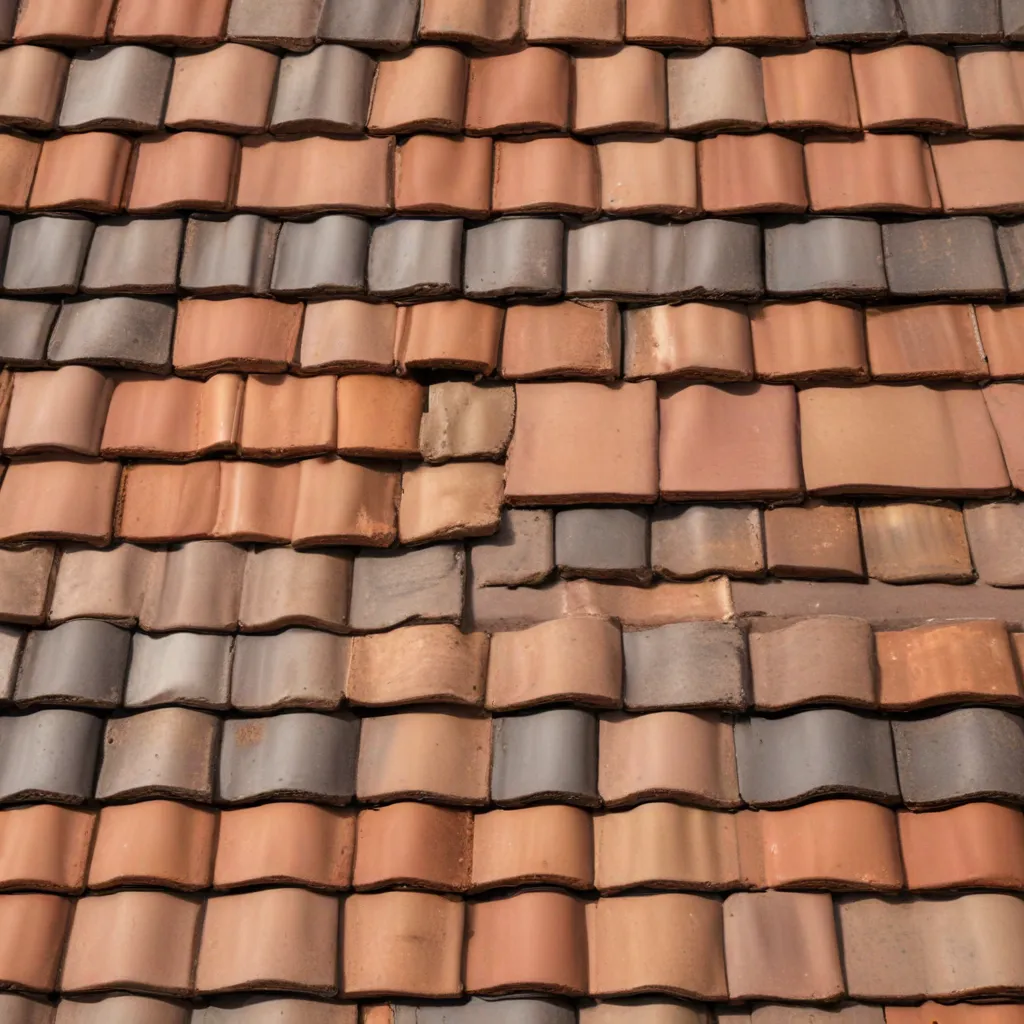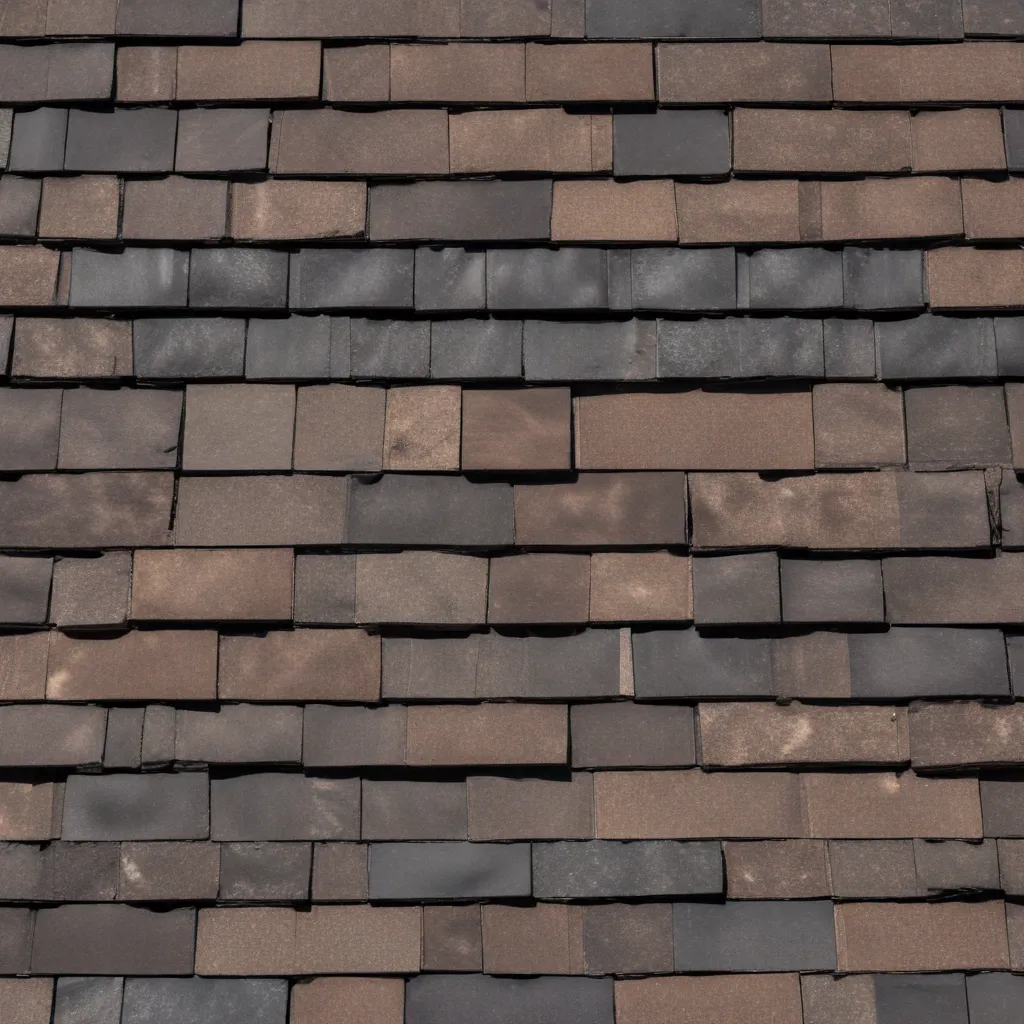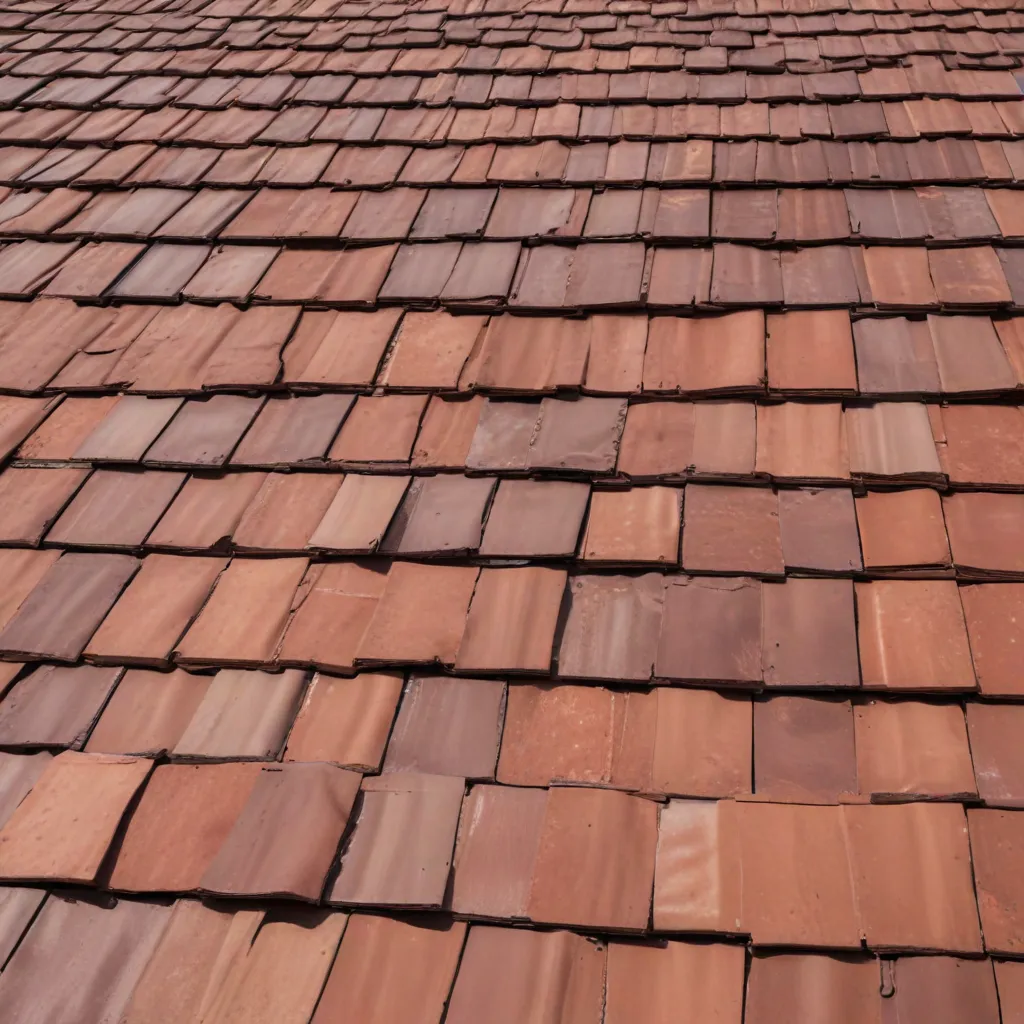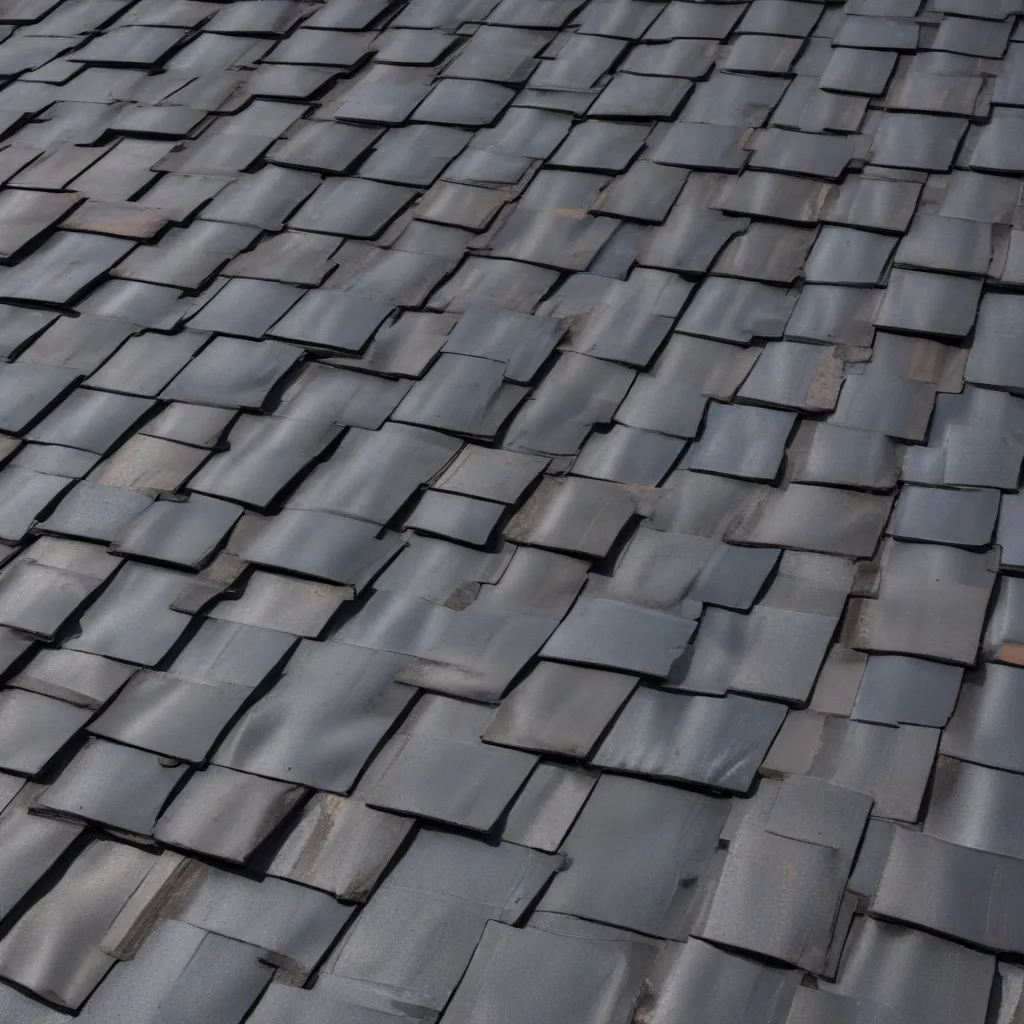
In the ever-evolving world of commercial architecture, the roof system has emerged as a critical component that transcends its utilitarian purpose. Roofs are no longer mere functional elements; they have become intrinsic design statements that can elevate the visual appeal and sustainability of a structure. As experienced roofing specialists at Genuine Roof Systems, we recognize the importance of integrating aesthetic considerations with the practical demands of commercial roofing.
Material Selection: Balancing Durability and Design
When it comes to commercial roofing, the selection of materials plays a pivotal role in harmonizing form and function. Tile roofing, for instance, offers a timeless elegance that can complement a wide range of architectural styles, from Mediterranean to contemporary. The rich textures and varied hues of tile roofs bring a sense of warmth and sophistication to a building’s exterior. Beyond their aesthetic appeal, tile roofs are renowned for their exceptional durability, often lasting for decades with minimal maintenance.
In contrast, composite roofing has gained popularity in recent years due to its versatility and cost-effectiveness. These roofing systems, often crafted from a blend of recycled materials, can be designed to mimic the appearance of traditional materials like slate or cedar shakes. Composite roofs not only provide a visually appealing option but also offer enhanced fire resistance and impact protection, making them a practical choice for commercial structures.
For buildings seeking a sleek, modern aesthetic, metal roofing has emerged as a compelling solution. With a diverse range of finishes and profiles, metal roofs can be tailored to complement the architectural style, whether it’s the clean lines of a contemporary office building or the rugged charm of an industrial warehouse. Beyond their aesthetic advantages, metal roofs boast exceptional durability, corrosion resistance, and energy efficiency, making them a sustainable choice for commercial roofing.
Architectural Harmony: Blending Roof and Building Design
The relationship between roof design and architectural style is a delicate dance, where each element must seamlessly complement the other. Thoughtful consideration of the building’s overall aesthetic, from the facade to the roofline, is crucial in achieving a harmonious visual experience.
For instance, the stately presence of a mansard roof can lend an air of elegance and sophistication to a commercial structure, evoking images of historic Parisian architecture. Conversely, the clean lines and simple geometry of a flat roof can accentuate the modern, minimalist aesthetic of a contemporary office building.
Beyond the roof’s silhouette, the choice of materials and colors also plays a significant role in the overall architectural harmony. Warm, earthy tones of terracotta tiles or muted grays of metal roofing can help ground a building in its natural surroundings, while bold, vibrant hues can make a strong, attention-grabbing statement.
Environmental Impact: Prioritizing Sustainability
In an era of heightened environmental consciousness, the commercial roofing industry has embraced the principles of sustainability. Roofing materials and design choices now consider not only aesthetic appeal but also their impact on the environment.
Cool roofing systems, which utilize highly reflective surfaces to minimize heat absorption, have become increasingly popular for commercial buildings. These roofs can significantly reduce the energy required for cooling, ultimately lowering operating costs and carbon emissions. Green roofs, adorned with a living layer of vegetation, offer an even more comprehensive approach to sustainability, providing insulation, water management, and ecological benefits.
The integration of solar photovoltaic (PV) panels into commercial roof designs further enhances the environmental impact of these structures. By harnessing the abundant solar energy, businesses can generate their own renewable power, reducing reliance on fossil fuels and contributing to a greener future.
Balancing Aesthetics, Function, and Sustainability
Achieving the perfect harmony between aesthetics, functionality, and sustainability in commercial roofing requires a holistic approach. Designers, architects, and roofing specialists must work in tandem to ensure that each element not only serves its practical purpose but also aligns with the overarching design vision.
Proper underlayment selection, for instance, can enhance a roof’s weatherproofing capabilities while maintaining visual seamlessness. Integrating storm-proofing measures, such as enhanced fasteners and reinforced membranes, can safeguard a building against extreme weather events without compromising its aesthetic appeal.
Moreover, the consideration of energy efficiency extends beyond the roof system itself. Carefully planned roof overhangs, strategic window placements, and the incorporation of natural ventilation can all contribute to a building’s overall thermal performance, reducing energy demands and operational costs.
By embracing a holistic approach to commercial roofing design, architects and roofing specialists can create structures that are not only visually stunning but also environmentally responsible and functionally sound. This harmonious integration of form, function, and sustainability is the hallmark of a truly outstanding commercial roofing project.
Navigating the Cost Considerations
While the benefits of aesthetic, functional, and sustainable commercial roofing are numerous, the associated costs must also be carefully considered. Initial investment in premium roofing materials, such as metal or tile, may exceed the price tag of traditional options. However, these higher-quality systems often provide long-term savings through enhanced durability, energy efficiency, and reduced maintenance requirements.
To help offset the initial costs, commercial property owners can explore government incentives and tax credits available for the installation of energy-efficient and sustainable roofing solutions. Furthermore, the long-term operational savings generated by these systems can contribute to a favorable return on investment (ROI) over the building’s lifespan.
Conclusion: Elevating Commercial Roofing Design
In the dynamic realm of commercial architecture, the roof system has evolved beyond its functional role to become a true design statement. By harmonizing aesthetic considerations, practical requirements, and sustainable practices, roofing specialists can create structures that captivate the eye, conserve resources, and stand the test of time.
As we continue to push the boundaries of commercial roofing design, the pursuit of this delicate balance will remain a key priority. Through innovative materials, thoughtful architectural integration, and a steadfast commitment to environmental responsibility, the commercial roofing industry can elevate the built environment, setting new standards for what a roof can achieve. At Genuine Roof Systems, we are proud to be at the forefront of this evolution, delivering exceptional roofing solutions that combine form, function, and sustainability.

